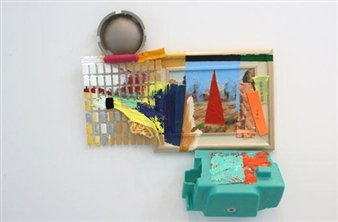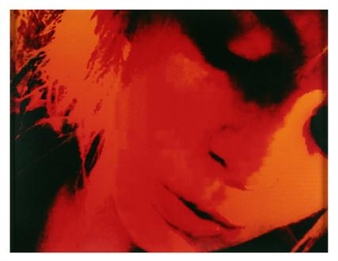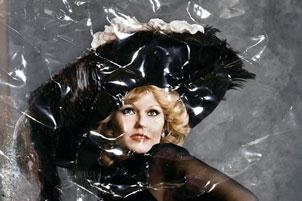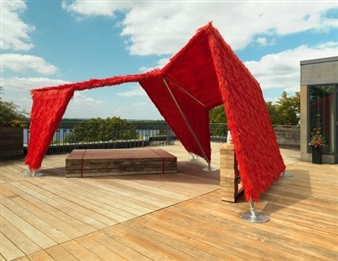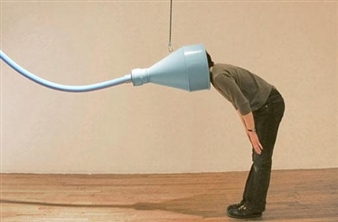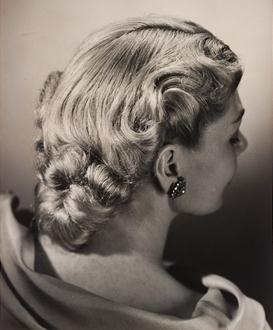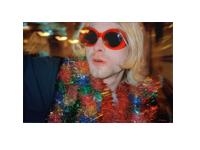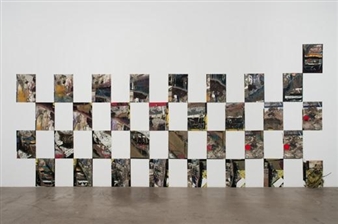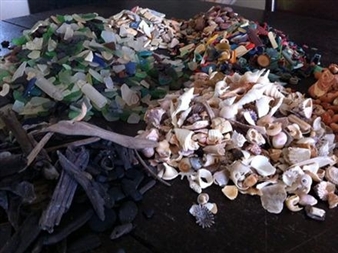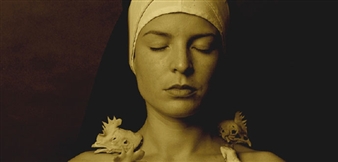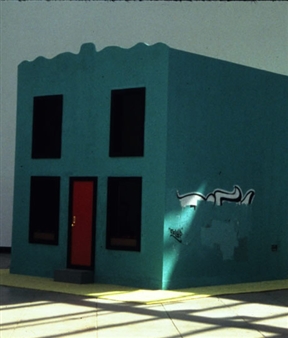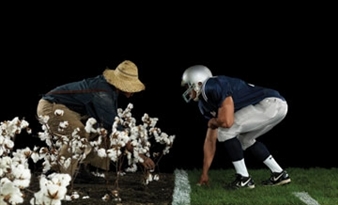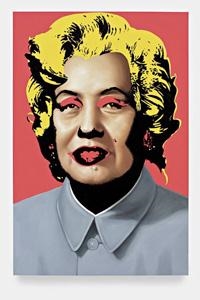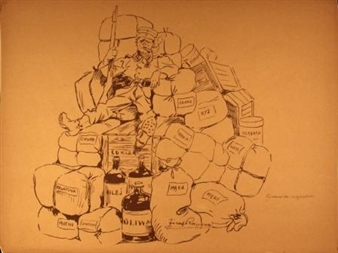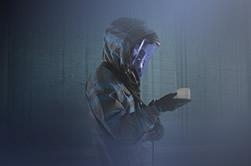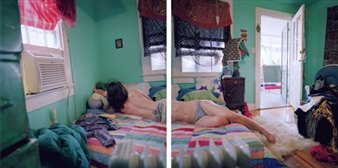New Photo: Richard Barnes, Martin Klimas, Fred Muram
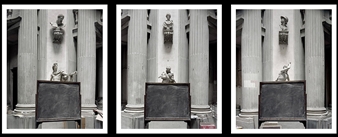
Howard House, Washington, Seattle, 07/24/2008 - 08/23/2008
604 Second Avenue
Howard House is proud to present New Photo, featuring recent work by Richard Barnes, Martin Klimas, and Fred Muram. Despite significant differences, all three artists share a keen sensibility for narrative and their work elicits complex emotional responses in the viewer. Technical mastery of the photographic medium, be it digital or analogue, is coupled with conceptual rigor and a profound attention to compositional detail and balance. The work explores the absurdity of the human condition, time, and melancholy, in rich and subtle ways. Seen together for the first time, it is our aim that new readings and interpretations can be made between these three very different, yet related artistic minds. Richard Barnes` ongoing series Animal Logic is a behind-the-scenes look at natural history museums around the world; the panoramas, the shipping containers, the dusty storage rooms. Barnes` large scale photographs are haunting meditations on the way we releate to the natural world and our seemingly endless need for classification and organization as a way to control and tame our experience of the `wild`. The terrifying beauty of the sublime is held in check by man-made structures and order, yet the balance is precarious and fragile; the illusion continuously teetering on the brink of dissolution. The fractured and impossible moment is made visible in Martin Klimas` explosion series where porcelaine figurines are dropped and captured by the camera right at the moment of disintegration. Kitchy, mass-produced artefacts, such as kun-fu porcelaine figures or Chinese good luck dolls, are rendered large scale and imposing. Like Barnes, mortality and implied violence infuse the work, and the link between time and photography (and by extension, death) is explored. The figures are captured the moment right before the form completely shatters- the shapes are still recognizable as anthropomorphic, the gestures are somewhat intact. We are aware that this moment is impossible to perceive by the human eye alone; in effect, the photographic medium itself makes the image possible, and form and content become inseparable. Fred Muram`s work is perhaps the most autobiographical of the three; Muram takes his personal fears, joys and anxieties, and throws them out into the world. Absurdity, humour, and staged antagonism abound in Muram`s work. In his hands, seemingly absurd situations become poetic; two noses stuck together, the artist rolled up in a rug, various people perched atop stacks of furniture to kiss their ceilings. Muram`s photographs and videos play with our ideas of the expected and normal behaviour and tweek them, making us question taken for granted structures and expectations. Normal everyday things like a ceiling, is suddenly paid attention to. We see it, live under it, it shields us from the sky, but it is very rarely, until now, kissed. Howard House is delighted to present Ask A Banana Baby, featuring work by three contemporary Swedish artists working in video and photography: Johanna Billing, Nathalie Djurberg, and Annika von Hausswolff. All three have exhibited widely both in the US and internationally, but this is the first time their work is shown in Seattle. The artists present us with a world in which the uncanny, the strange and the threatening abound, and where the very idea of home is complex at best. Interior space and human relationships are prodded, dissected and demolished. The fluidity of space is interrupted, leaving us mystified and vaguely unsettled; a threatening presence, an antagonistic `other` seems to always be lurking just within or beyond the frame. Like straw houses, these spaces are fragile and temporary, unable to protect us from the outside world which seeps in from cracks and openings, turning the familiar and cute into something threatening and vaguely odd. The title of the show, Ask a Banana Baby references a miss hearing of the Abba song Hasta Manana, itself an exoticized reading of the world; child-li
For More Information